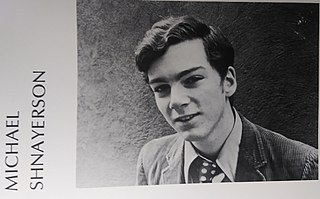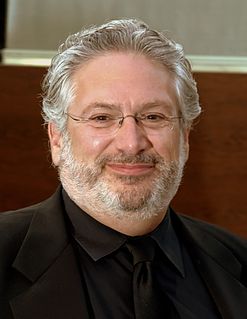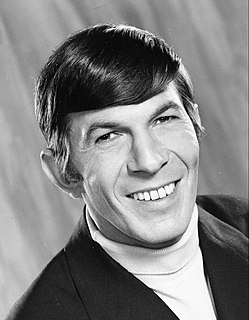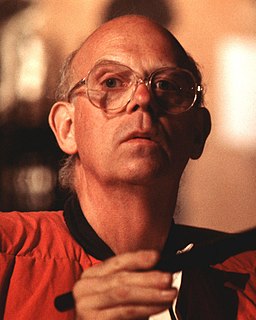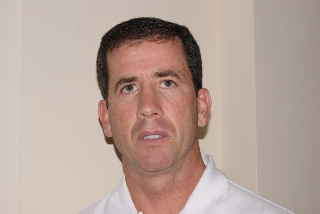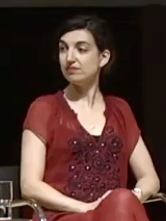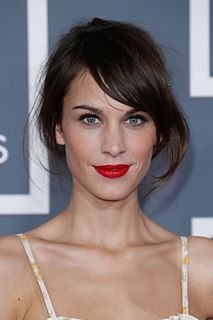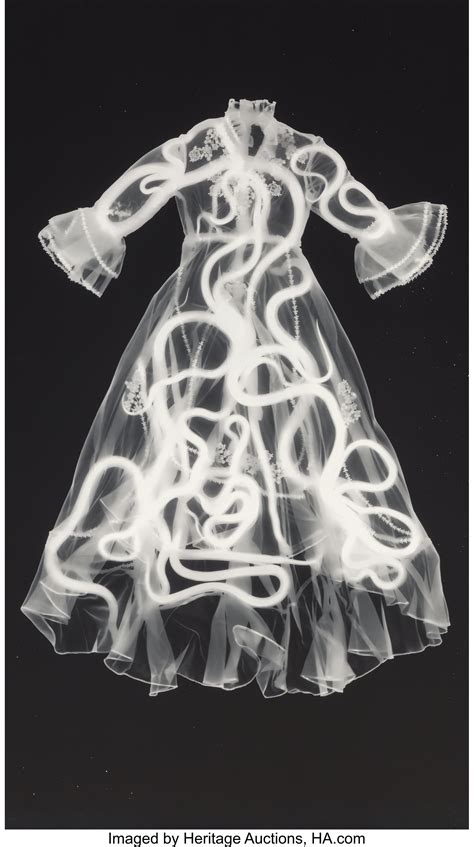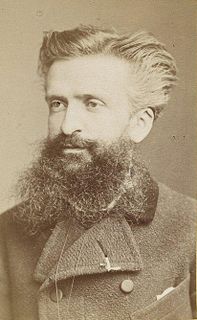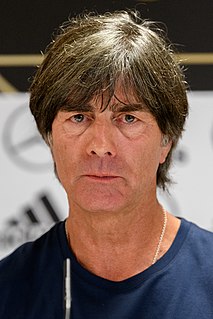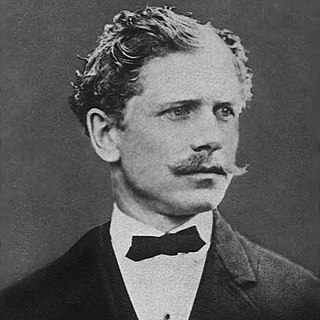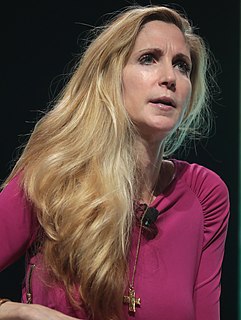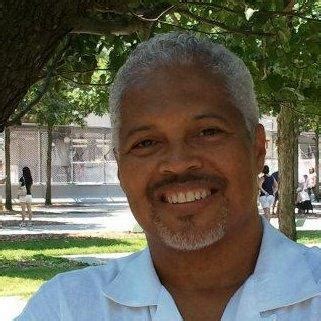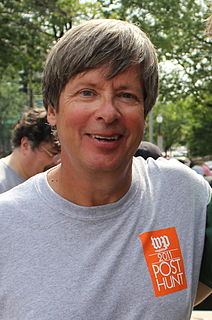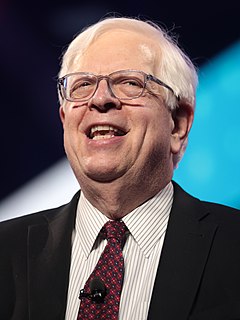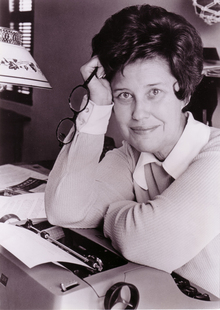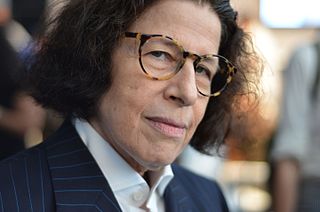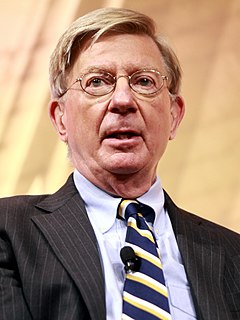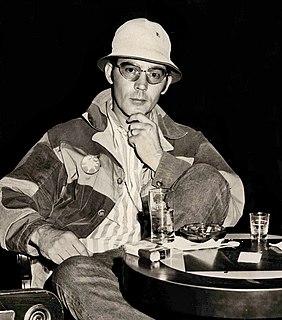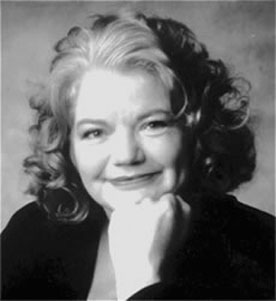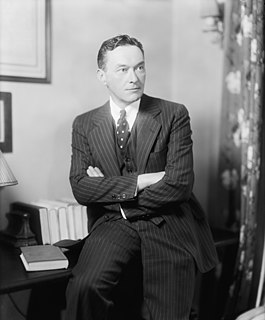A Quote by Michael Shnayerson
Forgers can start with the same photographic images Warhol did, and sometimes knock off silkscreens only an expert can distinguish from the originals.
Related Quotes
Knowing a great deal about what is in the world art, catastrophe, the beauties of nature through photographic images, people are frequently disappointed, surprised, unmoved when the see the real thing. For photographic images tend to subtract feeling from something we experience at first hand and the feelings they do arouse are, largely, not those we have in real life. Often something disturbs us more in photographed form than it does when we actually experience it.
When you're a hammer (as the saying goes), all your problems look like nails. If you're a meteorite expert pondering the sudden extinction of boatloads of species, you'll want to say an impact did it. If you're an igneous petrologist, volcanoes did it. If you're into spaceborne bioclouds, an interstellar virus did it. If you're a hypernova expert, gamma rays did it.
Not only did I not like officiating his games, I was afraid at times he was going to knock my block off... there was nothing you could do to get the guy on your side... with saying that, I've talked to Rasheed Wallace in the last couple of years and he's nothing but a complete gentleman off the floor.
I did a lot of research on villains, and guys who start behaving nefariously didn't start out as bad people. My research indicates that all of these people were scorned and hurt by love. Darth Vader didn't start off as a bad guy. He was a good guy. Only when Natalie Portman betrayed him, did he go to the dark side.
I think any start has to be a false start because really there’s no way to start. You just have to force yourself to sit down and turn off the quality censor. And you have to keep the censor off, or you start second-guessing every other sentence. Sometimes the suspicion of a possible false start comes through, and you have to suppress it to keep writing. But it gets more persistent. And the moment you know it’s really a false start is when you start … it’s hard to put into words.
We're so conditioned to the syntax of the camera that we don't realize that we are running on only half the visual alphabet... It's what we see every day in the magazines, on billboards and even on television. All those images are being produced basically the same way, through a lens and a camera. I'm saying there are many, many other ways to produce photographic imagery, and I would imagine that a lot of them have yet to be explored.
A crowd thinks in images, and the image itself calls up a series of other images, having no logical connection with the first...A crowd scarcely distinguishes between the subjective and the objective. It accepts as real the images invoked in its mind, though they most often have only a very distant relation with the observed facts....Crowds being only capable of thinking in images are only to be impressed by images.
